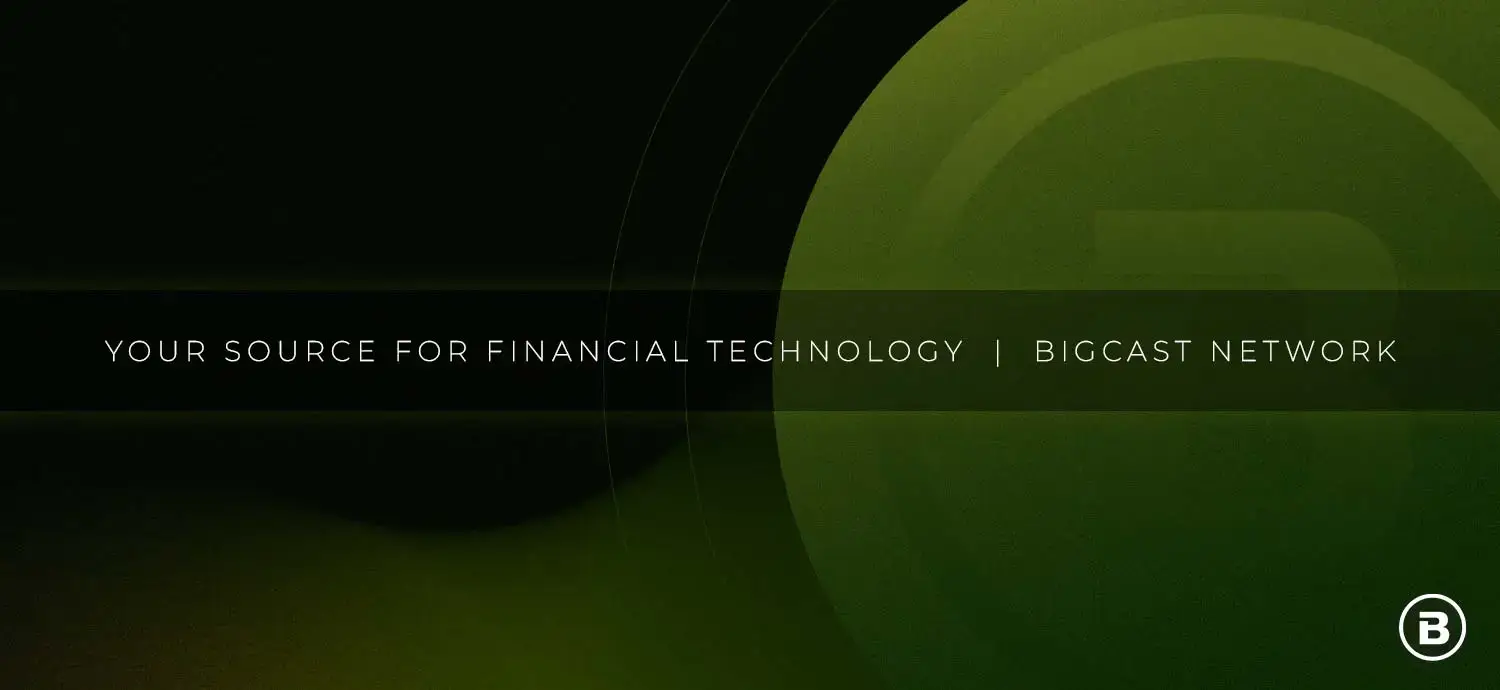Keep pace with the rapidly evolving fintech industry by subscribing to the BIGcast Network. Get weekly insights from industry leaders John Best and Glen Sarvady, delivered straight to your preferred podcast platform. Join our community and stay informed about the latest trends shaping the credit union industry. Subscribe today and ensure you’re always ahead of the curve.

Family And The Bulletin Board
Credit Union Community
When I first started credit unions, branches were the thing. Home banking hardly even existed at that time and involved things like sending disks to members so that they could dial in to your organization like it was AOL.
Today we have home banking, mobile banking, all kinds of different ways to communicate with the bank, but we may have lost the most important one.
Which is people.
Family and the Bulletin Board
When I first started at Suncoast in 1996, I was struck by the fact that the whole organization was one big family. Even though there were branches scattered all throughout Florida, it seemed like everyone knew each other.
I was a technician and was frequently sent to branches an hour or two away where I would meet people and be surprised to find out that they knew people back at the main office. The corporate family was really important, but I had yet to realize that the membership was also a family.
I remember once when I had bought a new car and we had an older car that we needed to sell. I was toying with the idea of putting an ad in Autotrader. For those of you too young to remember Autotrader, it was a magazine that used to be in places like Circle K and 7-Eleven stores that would list cars for sale. You’d pay to put an ad in Autotrader, or you’d put an ad in the paper, and that was how you would sell a car.
But instead of putting the car in Autotrader, I had a friend convince me to try the bulletin board at the credit union. The bulletin board was slapped up on a wall at the Suncoast Brandon branch, packed full of items and services that people were selling. I took a picture of my car, added my name and number, drove down to the Brandon branch, and pinned it on the board.
It sold within a week.
I didn’t think much of it then, but now I realize how powerful that was. That bulletin board represented a tight knit community. A community of people willing to trust each other.
The members of the credit union family were willing to trust other members and buy things from them. I think they were also willing to trust that because Suncoast was in that transaction that Suncoast would be there to help get the loan, or cut the cashier’s check, or provide the notary for the title therefore removing friction from the process.
Reddit, With a Bank
In the digital age, we’ve lost that sense of community. I’ve never seen a home banking product with a true digital bulletin board. In fact, I’ve not seen that sense of community anywhere in the digital landscape with one exception: Fidor Bank.
Fidor Bank is a German bank that has succeeded in building a remarkably innovative and genuine digital community. In my book, Breaking Digital Gridlock, I include a section on this thriving digital community, which I like to describe as “Reddit, with a bank”.
In the case of Fidor Bank, a digital bank emerged from a digital financial community. The community began as a place for members to discuss financial issues and what a bank should look like. A digital bank grew out of that community as a customer-centric, community-centric bank.
Regaining Lost Community
There is something special about community and banking. It’s no accident that the word “community” is often found in a bank’s name. It’s like local news versus global news—global news affects all of us, but the local news is important as well and we pay attention to it.
Somewhere in our quest to be digital, we’ve lost this aspect of who we are. And I think we need to bring it back.
I believe that community, now more than ever, means something on the internet. This is evidenced by Facebook and Reddit and all the other places where people go and share their opinions. Of course, one challenge is that these opinions are often shared anonymously, and it can bring out the worst aspects of individuals.
Despite the challenges, I believe digital community can be channeled for good, particularly in the area of financial services. So how can we transform the barren digital landscape? It’s not just about digital engagement, it’s about community engagement.
It may seem simple to tack up a digital bulletin board, but it has to be something that fosters genuine engagement. My local neighborhood has a Facebook page and if someone loses a cat, we all pitch in and look for the cat.
But how do we build a community like that around banking? How do we recreate that Brandon bulletin board where people can sell, trade, share tips about vacations or money saving, and advertise services from the organization?
That’s my challenge to all of us. To devise ways to put the community back in banking and create a digital community that’s as engaging as the bulletin board. Ultimately, we’re going to have to put relationship back in banking—even when its digital.
